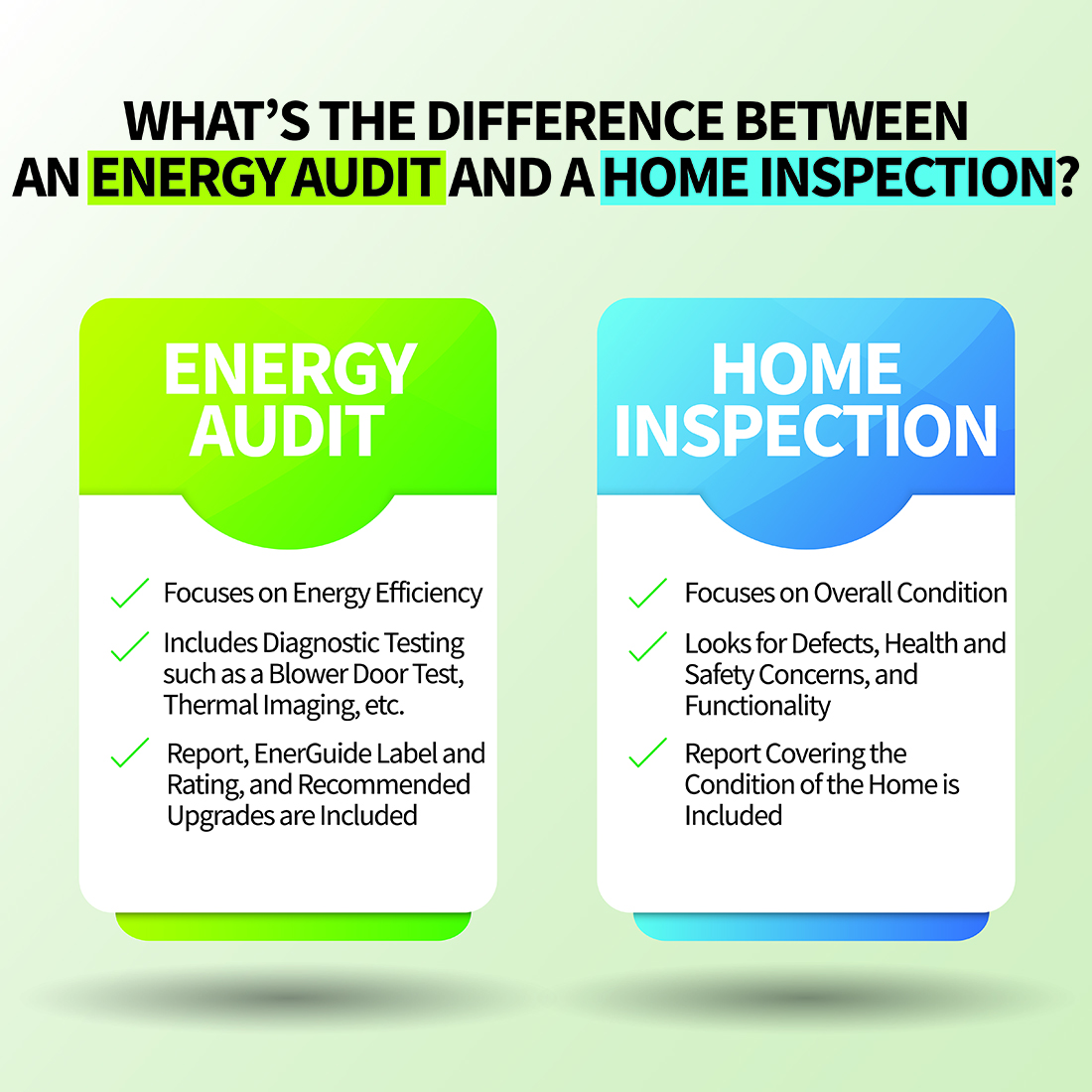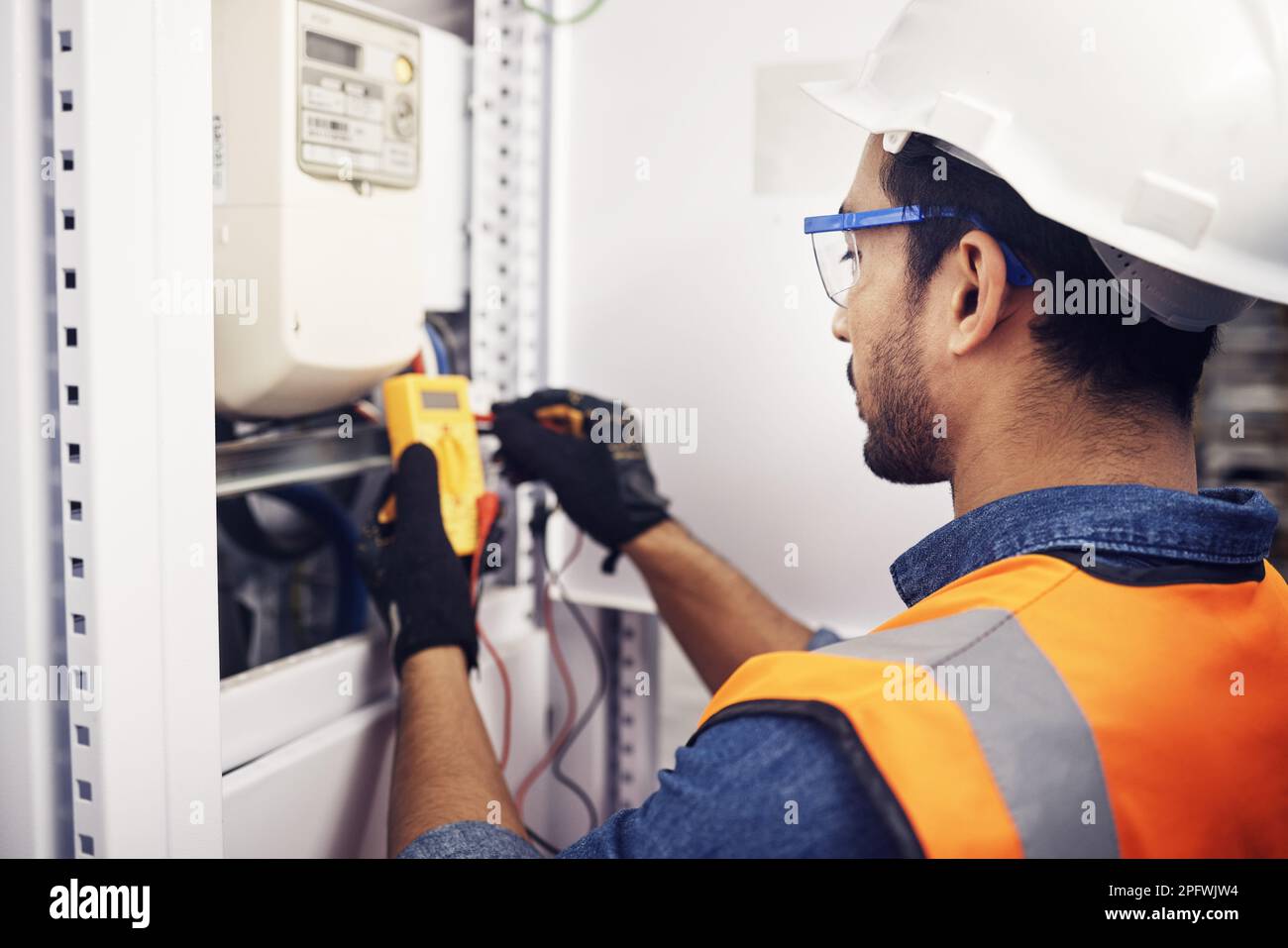From inefficient to optimized: How energy testing transforms older homes
Wiki Article
The Duty of Energy Screening in Attaining an Airtight Service for Your Residential or commercial property
Power testing is vital for homeowner looking for to produce a closed atmosphere. It identifies air leaks and inadequacies that can jeopardize energy efficiency. Common perpetrators include gaps around doors and home windows. Utilizing techniques like blower door examinations and thermal imaging, home owners can gain understandings into their building's vulnerabilities (energy testing south carolina). Recognizing these searchings for is essential. What steps should be taken when air leakages are determined? The responses hold the secret to improved comfort and savingsComprehending Power Testing and Its Relevance
Energy testing plays a necessary duty in reviewing the airtightness of buildings and frameworks. By gauging air leakage, this approach offers crucial insights into a building's power efficiency, thermal convenience, and total performance. Airtight buildings decrease power usage, guaranteeing that heating & cooling systems run efficiently. This testing process commonly involves methods such as blower door tests, which develop a controlled setting to determine unintentional air pathways.Understanding the relevance of energy testing expands past compliance with building codes; it promotes a positive approach to sustainability. Recognizing air leaks early can lead to prompt removal, eventually improving interior air quality and lowering utility expenses. In addition, energy screening adds to the longevity of structure products by minimizing wetness accumulation and related damage. As understanding of environmental impact rises, energy testing ends up being a crucial tool for building contractors and property owners going for high-performance residential or commercial properties.Usual Resources of Air Leaks in Quality
Recognizing common sources of air leaks is crucial for improving a property's power efficiency. These leaks often happen in numerous locations of a building, considerably impacting heating & cooling expenses. Typical culprits consist of gaps around doors and home windows, where seals might degrade in time. Furthermore, electric outlets and buttons can develop paths for air exchange otherwise effectively shielded. Basements and attics are additionally constant resources, particularly where walls meet the roof or the structure. Various other potential leak points consist of plumbing penetrations, venting systems, and the areas surrounding chimneys. Older properties may experience from degraded building products, increasing vulnerability to air infiltration. By acknowledging these typical sources, home proprietors can take positive steps to seal leakages, consequently improving total energy performance and comfort within their areas. Dealing with these issues is an essential part of establishing an impermeable remedy for any home.Techniques of Energy Testing: Blower Door and Thermal Imaging
Effective power testing methods, such as blower door tests and thermal imaging, play an important role in diagnosing air leakages within a home. The blower door examination includes pressurizing or depressurizing a structure to gauge air movement and recognize leaks. An adjusted fan is mounted in an exterior doorway, and the resulting pressure difference highlights areas of unwanted air infiltration. This method quantifies the overall airtightness of the structure.Thermal imaging enhances blower door examinations by visually spotting temperature variants on surfaces, revealing surprise air leaks. Infrared video cameras catch warm loss or gain, permitting for specific recognition of issue locations, such as poorly insulated walls or spaces around windows and doors. energy testing. With each other, these approaches provide a thorough evaluation of a building's power performance, allowing residential property proprietors to deal with air leakages successfully and enhance total efficiencyBenefits of Identifying Air Leaks
Identifying air leaks offers considerable advantages for power effectiveness and interior convenience. By sealing these leakages, structures can reduce power usage, resulting in lower utility bills and a minimized carbon footprint. Furthermore, enhanced airtightness adds to an extra steady indoor atmosphere, enhancing general convenience for occupants.
Energy Efficiency Improvements
Finding air leakages is important for improving power effectiveness in buildings. Determining these leakages enables homeowner to resolve locations where conditioned air gets away or unconditioned air gets in, leading to substantial power cost savings. By sealing voids and splits, structures can keep a constant temperature level, reducing the demand on home heating and cooling systems. This not just reduces power expenses yet likewise decreases the environmental impact connected with enhanced power usage. Furthermore, energy effectiveness renovations add to a building's general sustainability, making it a more attractive option for eco-conscious customers or renters. Eventually, prioritizing air leak detection and remediation helps enhance power use, advertises responsible resource monitoring, and supports Read Full Article long-term economic advantages for homeowner.
Enhanced Indoor Comfort
Resolving air leaks not only leads to power cost savings however likewise significantly enhances interior comfort. When air leaks are effectively recognized and secured, temperature policy within a residential property ends up being a lot more effective. This leads to constant indoor temperature levels, removing cold drafts in winter season and locations in summer. Improved insulation additionally decreases sound pollution from outdoors, creating a quieter and more calm living atmosphere. In addition, enhanced air top quality is achieved by minimizing the seepage of outdoor pollutants, irritants, and moisture, adding to the general well-being of owners. House owners experience an even more pleasant environment, promoting relaxation and performance. Inevitably, rectifying and identifying air leakages is crucial for achieving excellent indoor convenience throughout the year.How Energy Testing Improves Comfort and Indoor Air Top Quality
Energy screening plays a vital duty in improving temperature guideline within indoor areas, ensuring a consistent and comfy atmosphere. By recognizing and securing air leakages, it likewise significantly minimizes the seepage of toxins, consequently boosting interior air high quality. This dual impact promotes general health for residents.Boosted Temperature Level Law
Efficient temperature level law substantially adds to both convenience and indoor air quality, making it a vital focus for modern building style. Power testing plays a vital function in accomplishing this policy by determining areas where warmth loss or gain happens, permitting targeted improvements. By making certain an impermeable structure envelope, power testing aids keep constant interior temperatures, minimizing the demand for excessive home heating or air conditioning. This stability boosts owner comfort, as variations in temperature can cause discomfort and dissatisfaction. Furthermore, effective temperature control can improve indoor air high quality by lowering the danger of condensation and mold growth, which thrive in unequal temperature conditions. Energy screening is crucial for optimizing temperature management in domestic and industrial properties. Industrial Decreased Pollutant Infiltration While several elements contribute to interior air quality, minimized pollutant infiltration stands apart as a vital facet that energy screening can significantly improve. Energy screening identifies air leakages and powerlessness in a structure's envelope, which might allow outside toxins, irritants, and wetness to enter interior rooms. By securing these leaks, buildings can successfully restrict airborne impurities, leading to a much healthier environment. Enhanced airtightness not only improves convenience yet additionally decreases the problem on home heating and cooling systems, leading to energy cost savings. Furthermore, decreased contaminant seepage cultivates much better general well-being for passengers, as cleaner air advertises breathing health and lowers allergy symptoms. Energy testing plays a pivotal function in creating both an energy-efficient and health-conscious living space.The Financial Effect of Energy Testing on Utility Expenses

Steps to Take After Power Screening Results
As soon as power screening results are in, homeowners must meticulously review the searchings for to establish one of the most reliable course onward. The first action includes determining the locations that require renovation, such as air leaks or insulation shortages. Home owners ought to then prioritize repair services based upon the seriousness of the issues and their possible impact on energy efficiency.Next, it is advisable to seek advice from with professionals that concentrate on power performance to create an extensive action strategy. This might include solutions like sealing voids, adding insulation, website here or updating home windows and doors.After carrying out the needed changes, a follow-up power examination can figure out the effectiveness of the fixings. Continual monitoring is additionally necessary to guarantee that the home maintains its airtight condition with time. By complying with these steps, homeowners can substantially enhance their building's power efficiency, causing minimized utility bills and improved comfort.Often Asked Concerns
How Typically Should I Conduct Power Evaluating on My Building?
The regularity of power testing need to usually be every couple of years, or adhering to significant remodellings. Regular assessments assist identify efficiency enhancements and guarantee that the residential or commercial property preserves excellent energy performance with time, adjusting to altering conditions.Is Power Testing Necessary for New Constructions?
Energy testing is crucial for new constructions, as it recognizes prospective air leak and insulation problems - air tight solutions. Applying these tests guarantees power effectiveness, enhances indoor convenience, and satisfies building ordinance, eventually leading to long-lasting expense financial savingsCan I Do Power Testing Myself?
Energy screening generally needs customized tools and competence. While some home owners may attempt basic evaluations, specialist services guarantee precise outcomes and efficient identification of issues, inevitably causing better power efficiency and convenience in living areas.What Is the Cost of Expert Power Screening Providers?
The cost of specialist energy screening services usually ranges from $300 to $1,500, depending upon residential property area, size, and complexity. Homeowners must take into consideration possible power financial savings when reviewing the investment in straight from the source these solutions.How Much Time Do Energy Screening Outcomes Normally Last?
Power testing results generally remain valid for one to three years, relying on variables like structure alterations and ecological modifications. Regular updates are advised to guarantee precision and keep reliable power efficiency criteria. Efficient energy screening techniques, such as blower door tests and thermal imaging, play a necessary function in identifying air leaks within a building. Identifying these leaks allows residential or commercial property proprietors to resolve locations where conditioned air runs away or unconditioned air enters, leading to substantial power cost savings. Energy testing determines air leaks and weak factors in a structure's envelope, which might permit outside toxins, irritants, and dampness to get in interior rooms. As home owners progressively seek to minimize their energy expenditures, the role of power testing comes to be vital in determining leakages and inadequacies. Property owners ought to after that prioritize fixings based on the extent of the issues and their possible effect on power efficiency.Next, it is recommended to consult with experts that specialize in power efficiency to design a thorough activity strategy.Report this wiki page